Gail Barber On Fuchsia Propagation In Early Spring: ‘It’s Easy, Quick And Very Satisfying’

SHRUBS > FUCHSIA > PROPAGATION

Elizabeth is a Permaculture Garden Designer, Sustainability Consultant and Professional Writer, working as an advocate for positive change. She graduated from the University of St. Andrews with an MA in English and Philosophy and obtained a Diploma in Applied Permaculture Design from the Permaculture Association.
Reviewed By COLIN SKELLY

Colin is a Horticulturist and Horticultural Consultant with experience in a range of practical and managerial roles across heritage, commercial and public horticulture. He holds the Royal Horticultural Society’s Master of Horticulture award and has a particular interest in horticultural ecology and naturalistic planting for habitat and climate resilience.
Contributions From GAIL BARBER

Gail Barber is the Secretary of the Sutton Coldfield Fuchsia & Gardening Guild with experience of more than 50 years in the garden. Gail even has a cultivar of Fuchsia named after her.
IN THIS GUIDE
FUCHSIA GUIDES
Container Growing
Hanging Baskets
Hardy
Overwintering
Problems
Propagation
Pruning
Sowing
Varieties
Fuchsias are beautiful flowering shrubs that many will find make great additions to their gardens.
Some are hardy enough to survive outside year-round with no problems in a suitable spot, whilst others are far more tender and will require winter protection.
Whatever species, variety or cultivar you are growing, you may well be interested in learning how to propagate your plants to obtain new plants for your garden.
Fortunately, fuchsias are pretty easy to propagate via cuttings and can also be grown from seed, though this is more challenging and the seeds won’t necessarily resemble the parent plant.
“Taking fuchsia cuttings in early spring is easy, quick and very satisfying,” shares Gail Barber, the Secretary of the Sutton Coldfield Fuchsia Society and Gardening Guild.
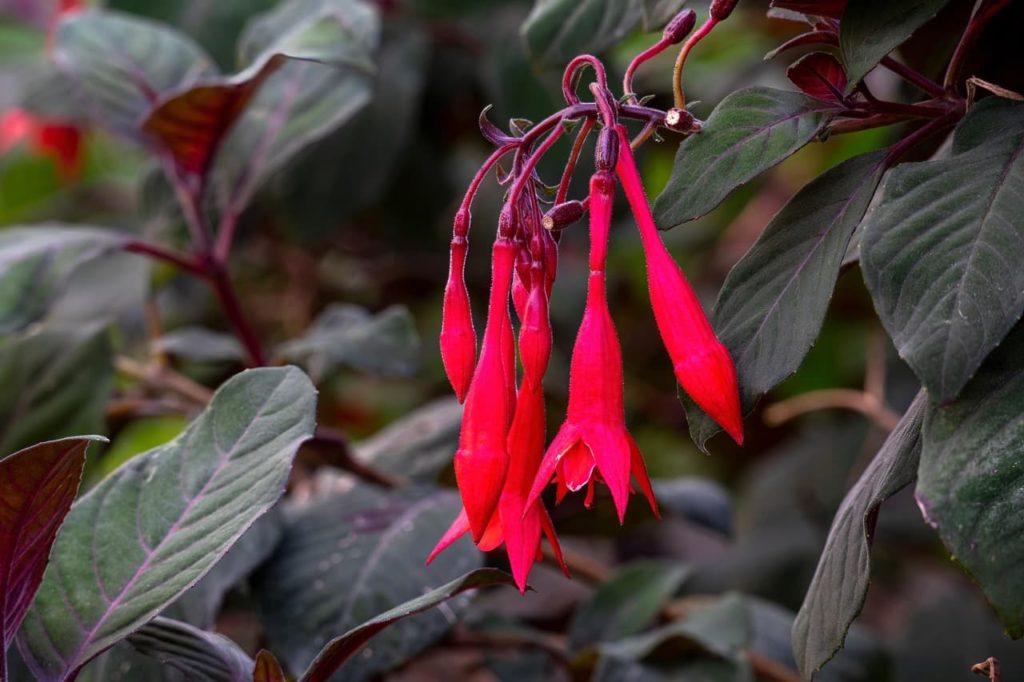
“By taking several tip cuttings in one pot, covered by a plastic bag to keep in the moisture, they can be placed on a window sill out of direct sunlight and will be rooted in a couple of weeks.
“This can be a very efficient way of planting up pots and baskets to make eye-catching summer displays.”
The type of fuchsia you are growing will dictate when cuttings are best taken from an existing plant.
Whether you choose to grow fuchsias from cuttings or from seed, you should generally have good success rates and find it a relatively simple and straightforward gardening job.
| Difficulty | Easy |
| Equipment Required | Sharp knife, cutting compost, small pots |
| When To Propagate | October to November (hardwood cuttings), year-round (softwood cuttings), spring (from seed) |
Taking Hardwood Cuttings From Hardy Fuchsias
By far the easiest option when it comes to propagating hardy fuchsias growing in your garden is to take hardwood cuttings.
You can also take softwood or semi-ripe cuttings of hardy fuchsias, but taking hardwood cuttings generally yields the best results.
“Hardwood Fuchsia cuttings are a great place to start with propagation if you are new to it,” shares Colin Skelly, a Master Horticulturist.
“It is one of the easiest plants to root and will prove that plants want to grow, you’ve just got to give them what they need. Luckily, Fucshias don’t need very much, so they are perfect for encouraging the start of your propagation journey!”

Hardwood cuttings from hardy fuchsia should be taken in the late autumn, from around mid-October into November.
It is best to take stems that are not green and are instead covered in brown bark for protection against rotting that might set in over winter.
Cut lengths of the woody stem that are around the length of a pencil.
Cut at the base horizontally, just below a pair of leaves, and trim at the top, making a sloping cut so that you can tell the top from the bottom and so that water can run off.
Prepare a container (a 15cm pot is ideal) filled with a peat-free cuttings compost or potting mix.
Then, place 5 cuttings around the edge of the pot, with around 50% of their length below the surface of the growing medium.
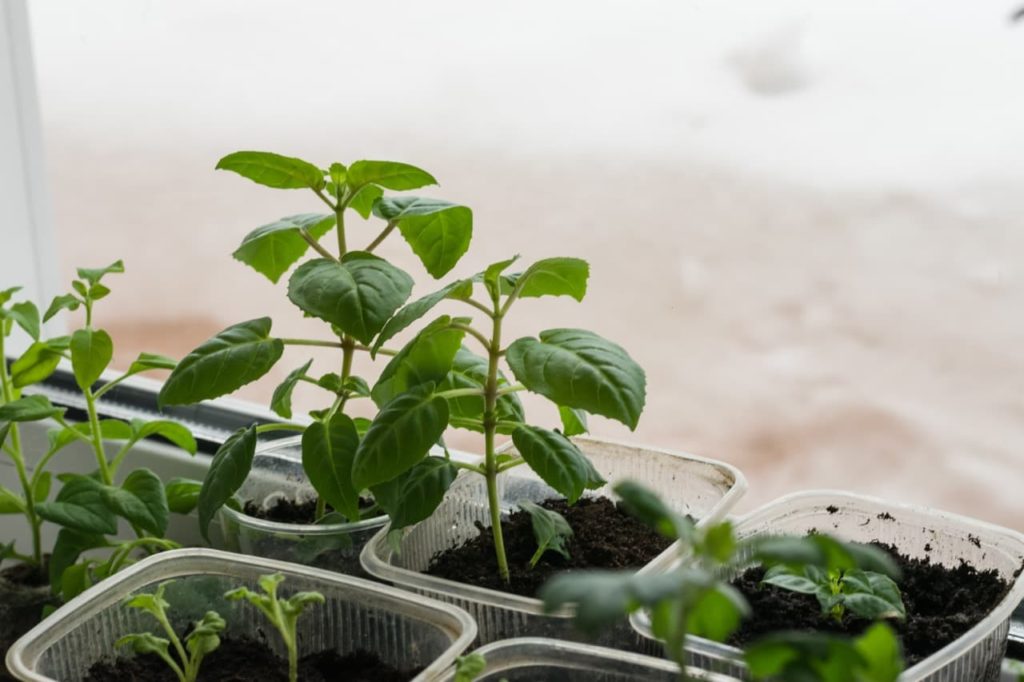
Over the winter, keep these cuttings in a location that will reliably remain free from frost and water sparingly – just enough to keep the growing medium just moist.
New shoots should emerge from your cuttings in the spring, at which point you can pot up the individual cuttings into their own individual containers.
You can then plant out your cuttings in the early summer and they should flower, though perhaps sparsely, during their first season in the ground.
Taking Softwood Cuttings From Tender Fuchsias
Softwood cuttings can be taken from tender fuchsia at any time of the year, as long as there are lush, green shoots on an existing fuchsia plant.
However, it is normal to take softwood cuttings in spring or early summer, when rooting and growth tend to be the fastest.
Softwood cuttings will usually root within three weeks or so.
You can place them in either water or soil for the rooting process to take place.
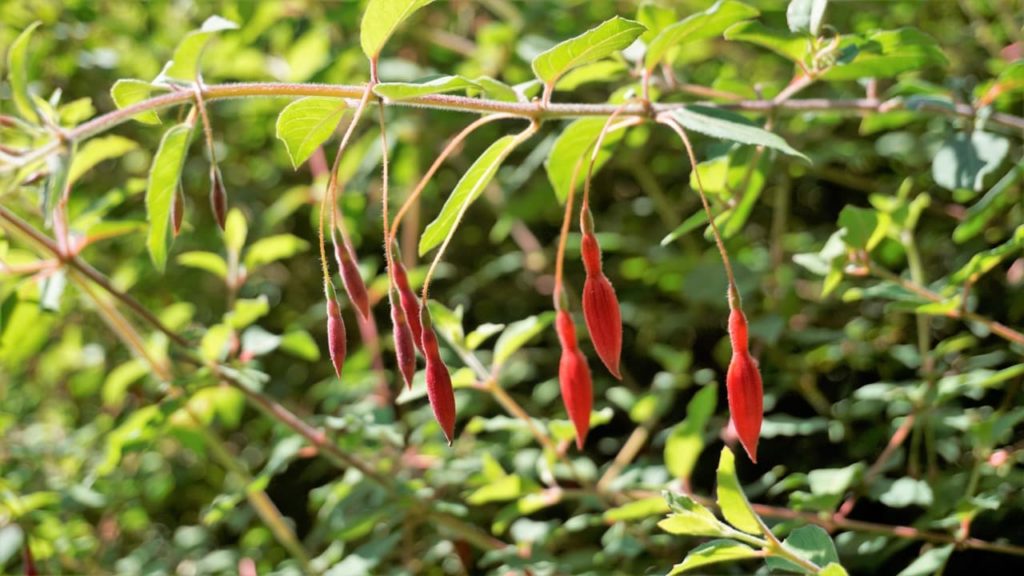
Place the cuttings around the edge of a pot filled with peat-free, moist yet free-draining cuttings compost or you can consider rooting them in a glass of water.
If you choose the second option, you’ll be able to see clearly when roots have formed.
Just make sure that the leaves are not underwater or they will decompose.
When rooting in water, wait for the roots to grow to around 1-2cm long and then place each of your softwood fuchsia cuttings into its own small (7.5cm) pot filled with peat-free potting mix.
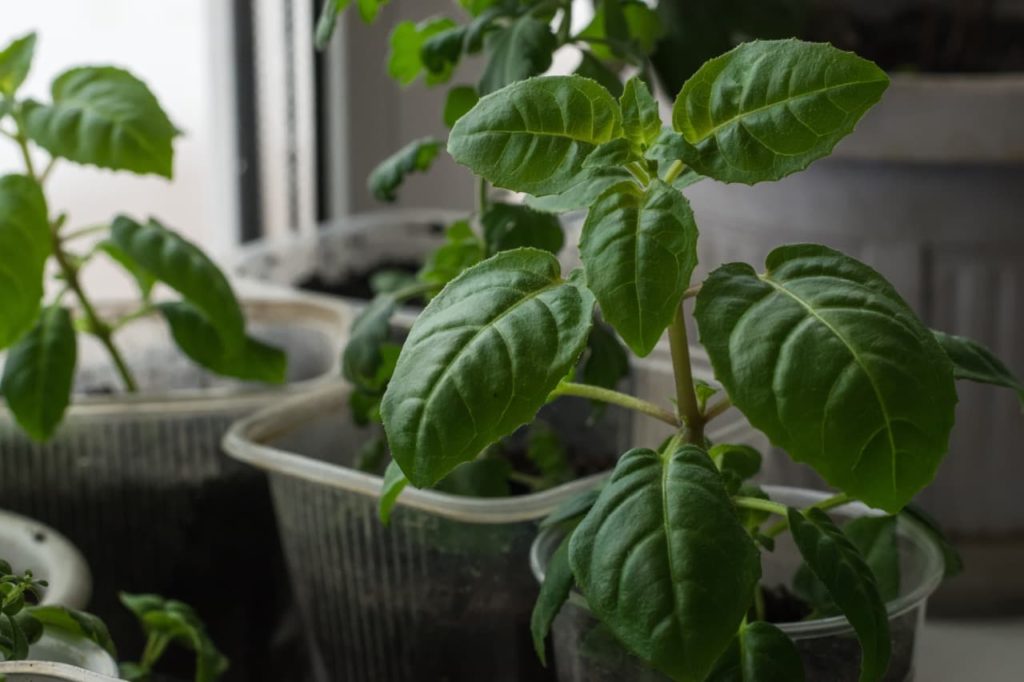
Semi-ripe cuttings are also an option.
These are cuttings taken from a fuchsia a little later, typically towards the end of summer or in very early autumn.
These cuttings should be hard and woody at the base but still soft and green at the top.
These can also root well but may not quite be as successful as softwood cuttings.
Propagating From Seed
We cover how to grow fuchsia from seed in more detail in a different guide, but in short, seeds are collected from an existing fuchsia in autumn, stored over the winter and planted in the spring.
They should be sown on the surface of a moist yet free-draining seed-starting compost as they need light to germinate.
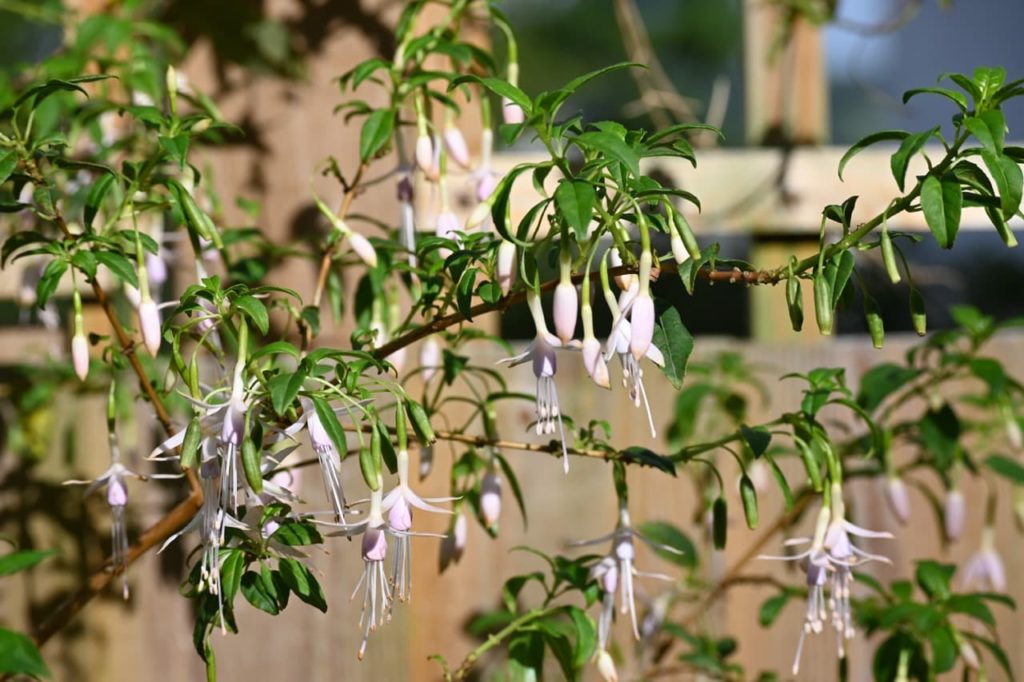
They germinate best when temperatures of 18°C can be maintained.
Though this process is a somewhat more challenging way to obtain new fuchsia plants from an existing one, it could be an interesting option to try if you want to try your own little experiment in plant breeding, as some interesting variations may be created.
However, most of the time your best bet is to take cuttings and grow them on into thriving new fuchsia plants for your garden.
